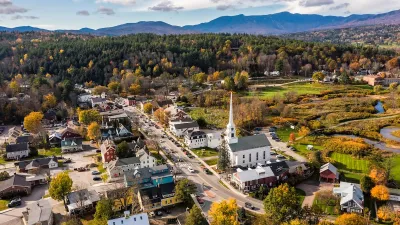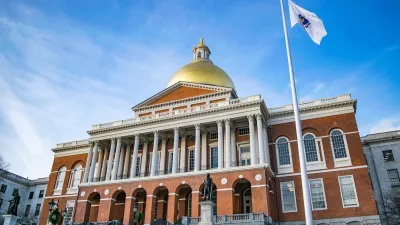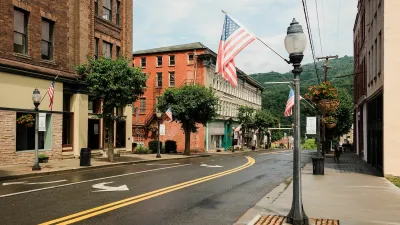The state of Washington is navigating the complex politics of wildlife protection—in this case, wildlife means the territory of an estimated 16 wolf packs.
Eric Wagner reports on the tense, ongoing debate over the habitation of wolves in the state of Washington. Wagner begins the article by recounting an encounter between the "Dirty Shirt" wolf pack in July 2015 that left four cattle dead. Instead of killing the animals, wildlife officials moved the wolves to a different part of their territory. Wagner explains the incident's importance:
"And even though tempers still simmer, the incident shows the difference between wolf recovery in the Northwest compared to the Rocky Mountains or the Southwest. Washington, with its generally more progressive politics, was able to adopt policies that would have had little traction in the Interior West. But even here, thanks to stark urban-rural political divides, the effort’s successes come by way of a very delicate and ongoing balancing act."
The article details the political map that corresponds to the 68 wolves and 16 known packs that live in Washington. That number has a lot to do with the state's management plan, adopted in 2011, "which explicitly aims to expand the wolf population rather than limit or destroy it, and adopts the region’s most ambitious recovery goals," according to Wagner. But the state is split along strong rural vs. urban political lines on the issue.
FULL STORY: Washington welcomes wolves back — across deep political divides

Study: Maui’s Plan to Convert Vacation Rentals to Long-Term Housing Could Cause Nearly $1 Billion Economic Loss
The plan would reduce visitor accommodation by 25,% resulting in 1,900 jobs lost.

North Texas Transit Leaders Tout Benefits of TOD for Growing Region
At a summit focused on transit-oriented development, policymakers discussed how North Texas’ expanded light rail system can serve as a tool for economic growth.

Why Should We Subsidize Public Transportation?
Many public transit agencies face financial stress due to rising costs, declining fare revenue, and declining subsidies. Transit advocates must provide a strong business case for increasing public transit funding.

How to Make US Trains Faster
Changes to boarding platforms and a switch to electric trains could improve U.S. passenger rail service without the added cost of high-speed rail.

Columbia’s Revitalized ‘Loop’ Is a Hub for Local Entrepreneurs
A focus on small businesses is helping a commercial corridor in Columbia, Missouri thrive.

Invasive Insect Threatens Minnesota’s Ash Forests
The Emerald Ash Borer is a rapidly spreading invasive pest threatening Minnesota’s ash trees, and homeowners are encouraged to plant diverse replacement species, avoid moving ash firewood, and monitor for signs of infestation.
Urban Design for Planners 1: Software Tools
This six-course series explores essential urban design concepts using open source software and equips planners with the tools they need to participate fully in the urban design process.
Planning for Universal Design
Learn the tools for implementing Universal Design in planning regulations.
Ascent Environmental
Borough of Carlisle
Institute for Housing and Urban Development Studies (IHS)
City of Grandview
Harvard GSD Executive Education
Toledo-Lucas County Plan Commissions
Salt Lake City
NYU Wagner Graduate School of Public Service





























